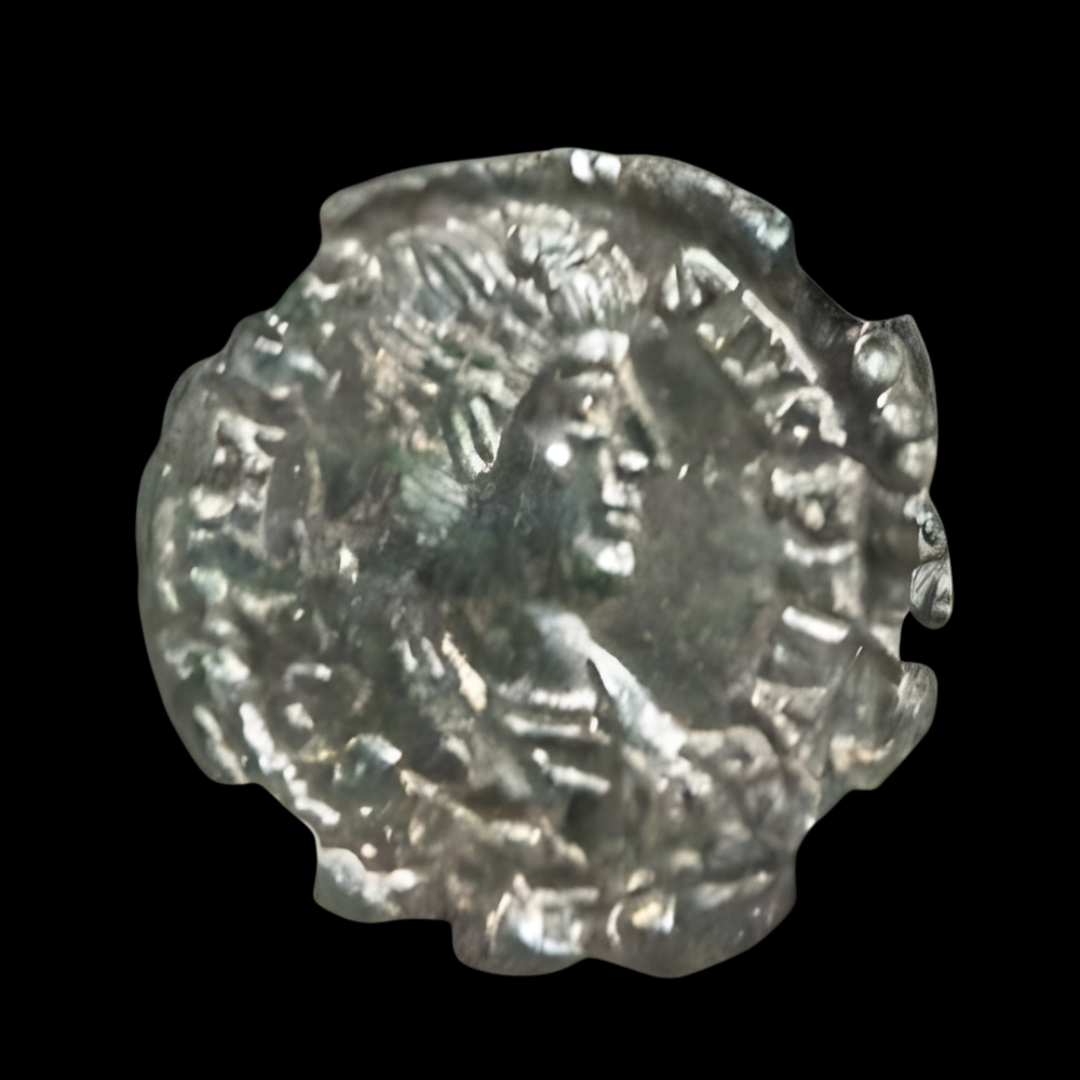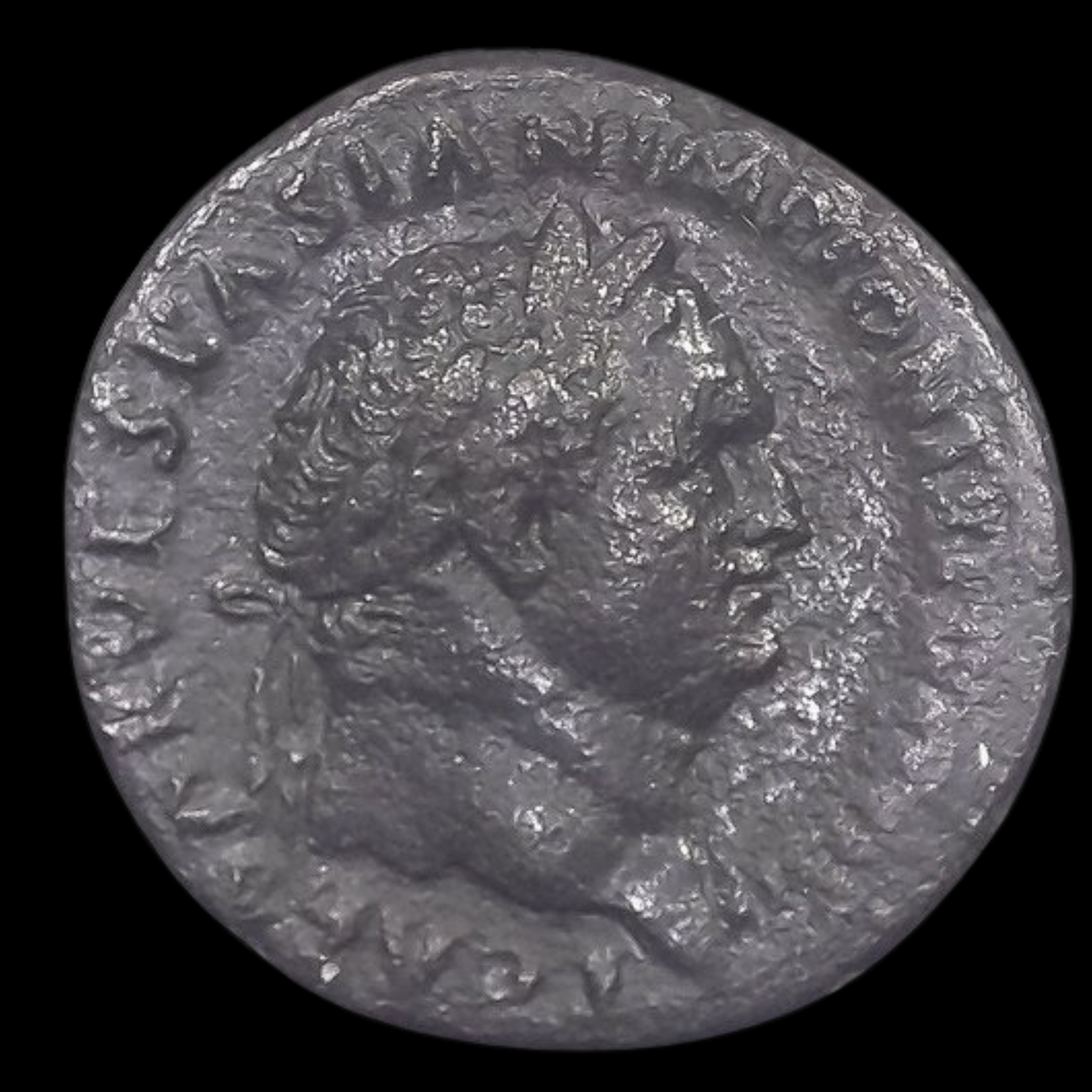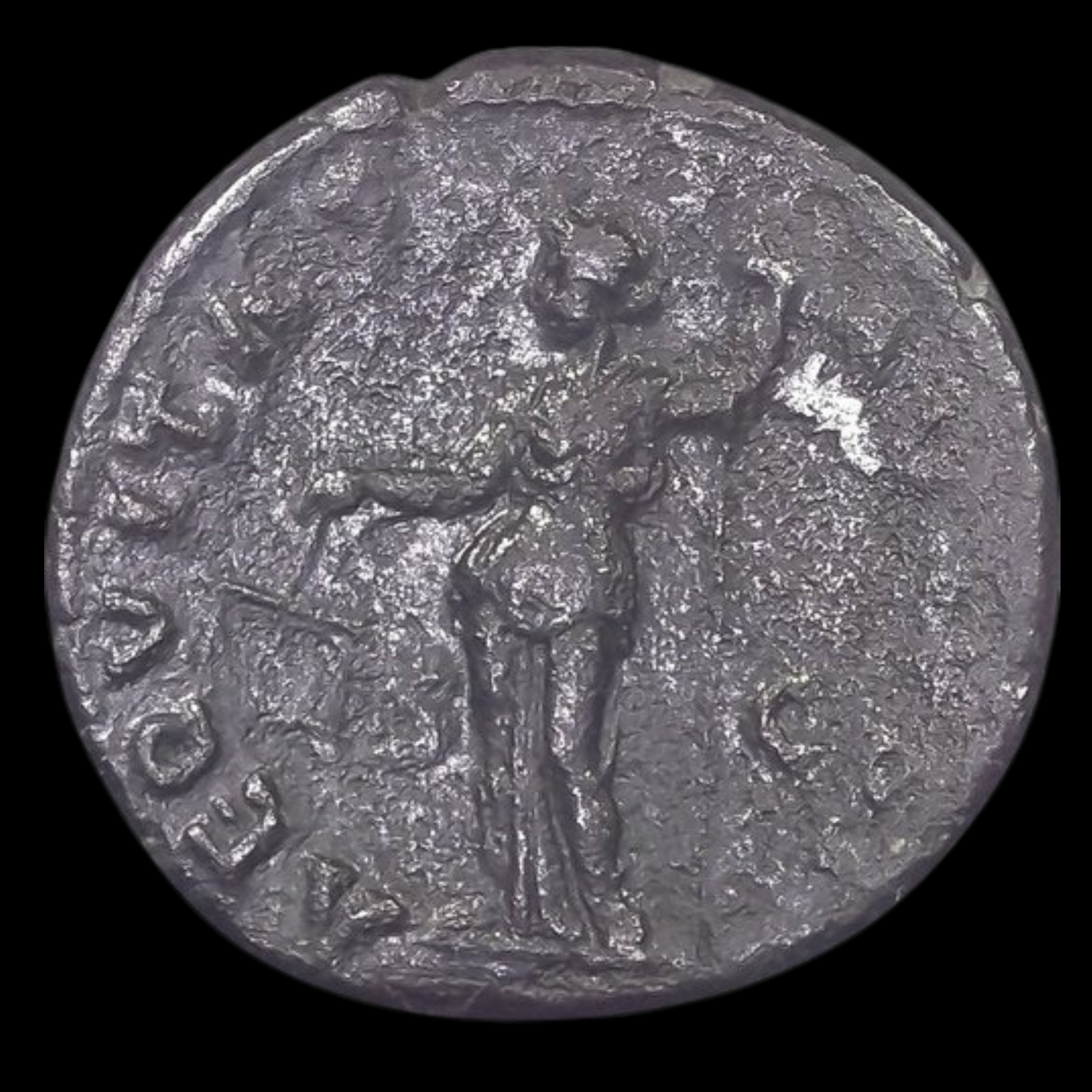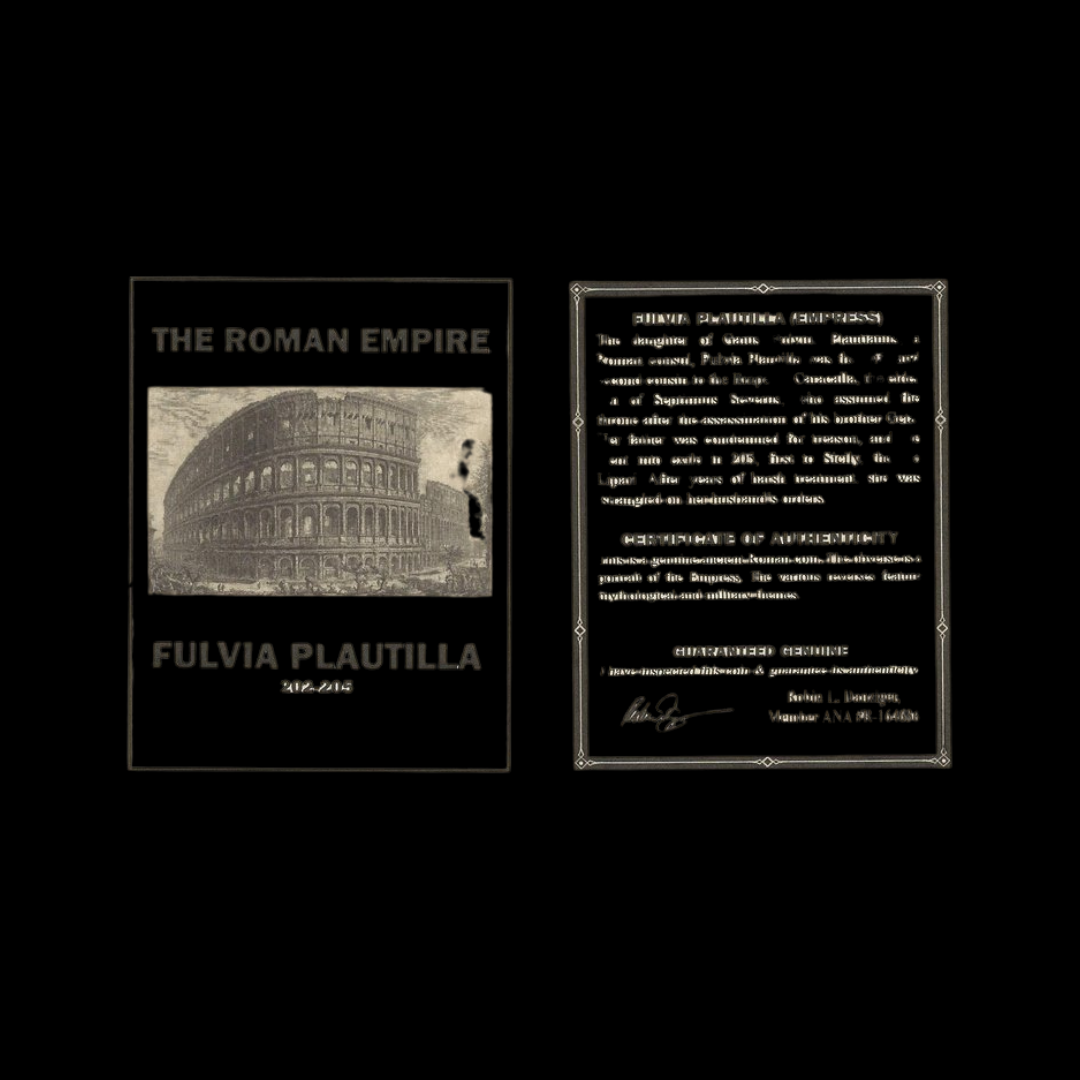 Image 1 of 6
Image 1 of 6

 Image 2 of 6
Image 2 of 6

 Image 3 of 6
Image 3 of 6

 Image 4 of 6
Image 4 of 6

 Image 5 of 6
Image 5 of 6

 Image 6 of 6
Image 6 of 6







Ancient Roman Bronze Coin of Emperor Theodosius I (AE3) — Over 1,600 Years Old, NGC Certified | The Last Emperor to Rule the Entire Roman Empire
The coins shown are representative examples of the grade and type, but not the actual specimens for sale. For details on NGC’s grading standards and definitions, please refer to our NGC Grading page.
This bronze coin is an AE3 denomination issued during the reign of Emperor Theodosius I, who ruled portions of the Roman Empire from 379 to 395 CE. As the last emperor to rule both Eastern and Western halves of the empire simultaneously (during his final three years), Theodosius presided over a critical transitional period in late Roman history.
Coin Description:
Front side: Portrait of Theodosius I facing right, wearing a pearl diadem and imperial robes, with his name and titles in Latin around the edge.
Back side: Likely features common late Roman imagery such as the emperor standing with military standards, Victory crowning the emperor, or possibly the "GLORIA ROMANORVM" (Glory of the Romans) design.
Technical Details:
Bronze alloy composition
Denomination: AE3 (medium-sized bronze coin in the late Roman monetary system)
Weight: Approximately 2-3 grams
Diameter: Approximately 18-20 mm
NGC Certified for authentication and preservation
Minted between 379-395 CE
Condition as specified by NGC certification
Historical Significance: Theodosius I's reign marked the final unification of the Roman Empire under a single ruler. Born in Hispania (modern Spain), he rose through military ranks before being appointed emperor of the East in 379 CE by Emperor Gratian. Following the deaths of Western emperors, he eventually gained control of the entire empire. His reign saw Christianity's firm establishment as the empire's official religion, with significant edicts against paganism. After his death in 395 CE, the empire was permanently divided between his sons Arcadius and Honorius, never again to be ruled by a single emperor. This coin represents the twilight of a unified Roman world before the permanent East-West division that would eventually lead to the fall of the Western Empire while the Eastern half evolved into the Byzantine state.
The coins shown are representative examples of the grade and type, but not the actual specimens for sale. For details on NGC’s grading standards and definitions, please refer to our NGC Grading page.
This bronze coin is an AE3 denomination issued during the reign of Emperor Theodosius I, who ruled portions of the Roman Empire from 379 to 395 CE. As the last emperor to rule both Eastern and Western halves of the empire simultaneously (during his final three years), Theodosius presided over a critical transitional period in late Roman history.
Coin Description:
Front side: Portrait of Theodosius I facing right, wearing a pearl diadem and imperial robes, with his name and titles in Latin around the edge.
Back side: Likely features common late Roman imagery such as the emperor standing with military standards, Victory crowning the emperor, or possibly the "GLORIA ROMANORVM" (Glory of the Romans) design.
Technical Details:
Bronze alloy composition
Denomination: AE3 (medium-sized bronze coin in the late Roman monetary system)
Weight: Approximately 2-3 grams
Diameter: Approximately 18-20 mm
NGC Certified for authentication and preservation
Minted between 379-395 CE
Condition as specified by NGC certification
Historical Significance: Theodosius I's reign marked the final unification of the Roman Empire under a single ruler. Born in Hispania (modern Spain), he rose through military ranks before being appointed emperor of the East in 379 CE by Emperor Gratian. Following the deaths of Western emperors, he eventually gained control of the entire empire. His reign saw Christianity's firm establishment as the empire's official religion, with significant edicts against paganism. After his death in 395 CE, the empire was permanently divided between his sons Arcadius and Honorius, never again to be ruled by a single emperor. This coin represents the twilight of a unified Roman world before the permanent East-West division that would eventually lead to the fall of the Western Empire while the Eastern half evolved into the Byzantine state.




























